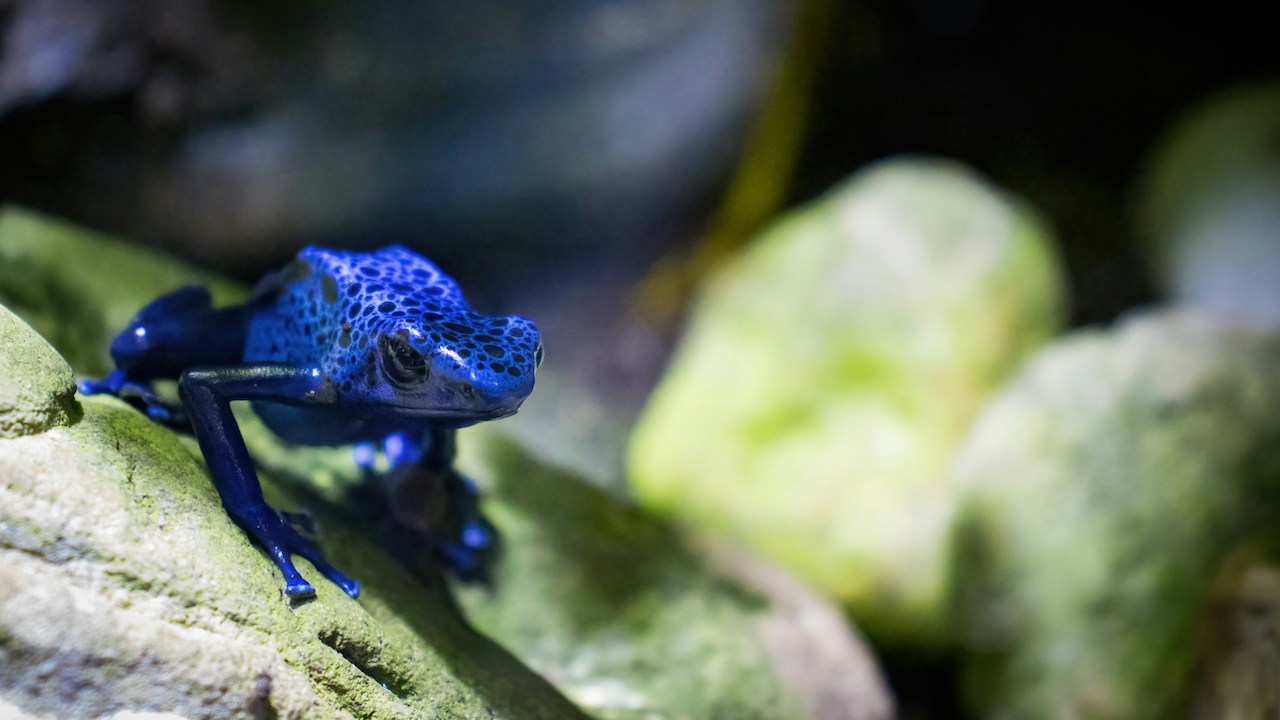Poisons have an odd place in our culture. From a very young age, we’re all taught to avoid dangerous substances and be careful about what we touch, inhale, and consume. Yet, poisons have an alluring aspect that makes them the murder weapon in romantic and dramatic stories.
In literature, on screen, and throughout history, poisons have fascinated and frightened humans. They can kill, but they can also heal. They can come from plants, animals, bacteria, humans, the earth, and just about anywhere else. Let’s peek into the strange and disturbing world of poison.
Most Venomous Animals

These are five of the most venomous animals on earth. Venomous means the poison is delivered via a sting or bite, while poisonous is more passive. These creatures are venomous, so watch out.
1. Box Jellyfish
Considered by many to be the most venomous animal in existence, this jellyfish has enough lethal venom to kill about 60 adults at once. A Box jellyfish sting can result in excruciating pain, muscle paralysis, delirium, shock, cardiac arrest, and even death, and the effects only take minutes.
2. Inland Taipan Snake
This snake has more potent venom than the Box jellyfish, but it’s not as fast-acting. One drop of this venom can kill 100 men in 45 minutes to two hours.
3. Blue-Ringed Octopus
These small octopi carry debilitatingly dangerous venom. They’re only the size of a golf ball but can kill 26 adults. One sting can cause painful respiratory failure in ten minutes and death in 30 minutes.
4. Irukandji Jellyfish
Another deadly jellyfish, the Irukandji is tiny but terrifying. They’re about the size of your fingertip and their sting causes Irukandji syndrome, a condition of severe, untreatable pain, brain hemorrhages, and other fatal problems.
5. Cone Snail
These slow-moving aquatic snails are more powerful than they look, with a venom supply that could kill 20 adults with ease. A small dose of this snail’s venom is deadly and they release venom via their sharp teeth.
Most Poisonous Plants
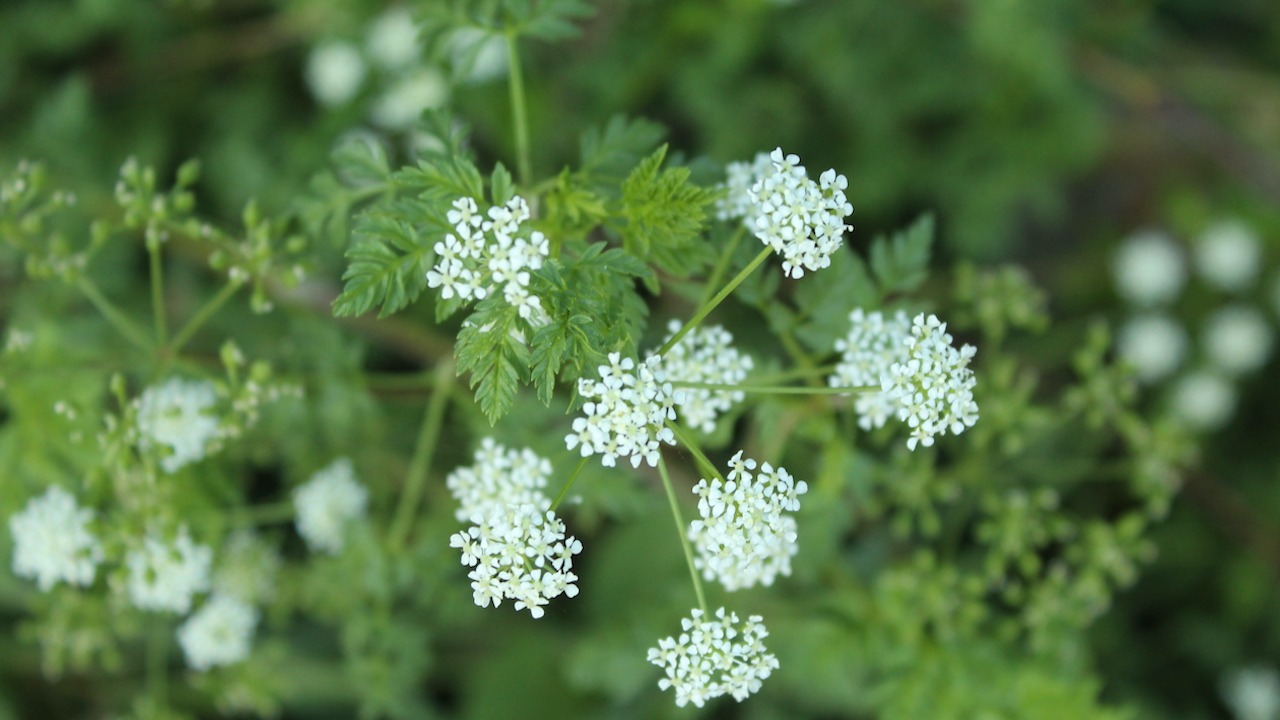
These plants might not go out of their way to poison you like some animals, but they’ll kill you nonetheless if you get too close. The following are the deadliest plants on the planet.
1. Water Hemlock
Different from poison hemlock (which killed Socrates), water hemlock is violently toxic. The plant contains deadly cicutoxin, which causes excruciating pain, seizures, cramps, nausea, amnesia, tremors, and sometimes death. Those who survive ingesting this poison typically deal with lifelong symptoms.
2. Deadly Nightshade
Also known as Belladonna (the hallucinogenic Charles Manson gave his followers), deadly nightshade contains atropine and scopolamine, and just touching these toxins can cause paralysis and cardiac arrest.
3. White Snakeroot
This plant sounds as deadly as it is. It has trematol in its flowers, which cows can safely eat, but it poisons their milk and meat. People have died from consuming the poison via tainted meat or milk without realizing it.
4. Castor Bean
Castor beans give us castor oil! But they also contain ricin, one of the deadliest poisons known to man. Just a few castor bean seeds can kill a human, and they cause a violent, horrific death.
5. Rosary Pea
Sometimes called jequirity beans, rosary peas contain the toxin abrin. The beautiful seeds are used to make jewelry and other ornamental items, but if punctured at all, they release this toxin. Touching or ingesting the toxin can lead to rapid organ failure.
The Most Common Household Poisons
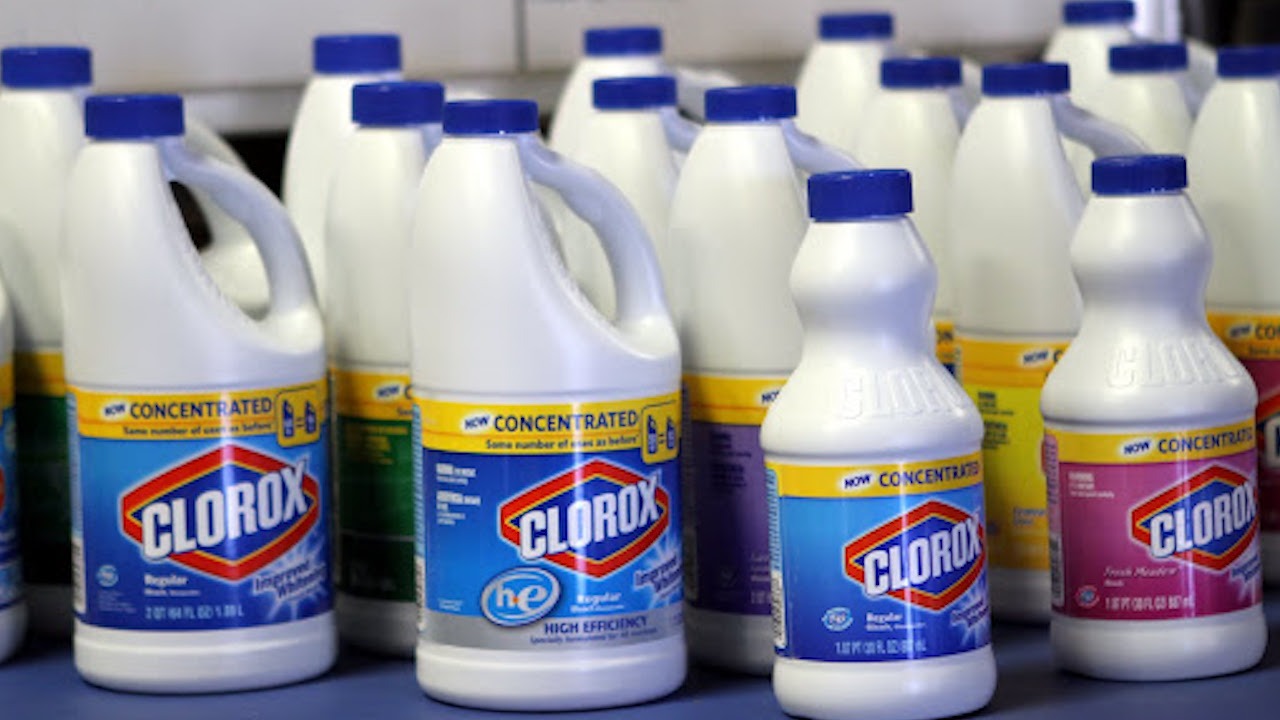
Despite the danger, most of us use a variety of poisons and toxins in our daily lives. In fact, you probably have a few lethal substances sitting around your house.
1. Cleaning Supplies
Cleaning chemicals like ammonia, bleach, drain openers, toilet cleaners, mildew remover, wood polishes, and more are poisonous.
2. Cosmetic Products
Nail polish remover, hair bleach, hair dye, skin lighteners, and other cosmetic products can contain toxic chemicals that are fatal if ingested.
3. Hydrocarbons
Hydrocarbons are substances like propane, butane, methane, ethane, and other gases and oils.
4. Pesticides
Most people are aware that pesticides are poisonous, but we continue to use them to manage pests.
5. Carbon Monoxide
Carbon monoxide poisoning is all too common and one of the deadliest inhalants for humans.
Other common poisons you might encounter regularly are lead and compounds in many prescription and over-the-counter medications. But with modern pollution, the reality is we’re inhaling, drinking, and touching toxins constantly, but these toxins don’t compare to the ones I’ll talk about next.
The Deadliest Poisons on the Planet

Amazingly, most of the poisons mentioned above do not make the top five in terms of deadliness. These five poisons are the big ones, the ones that cause unimaginable pain and almost unavoidable death. Pray you never encounter one of these deadliest poisons.
1. Botulinum
The Botulinum toxin is a neurotoxin that comes from the bacterium Clostridium botulinum, found in rocks, soil, sand, and dust throughout the world. Basically, it’s a poison that bacteria produce and can appear in foods, wounds, infant intestines, injection sites, and other places.
The toxin blocks nerve functions, leading to respiratory failure, muscle paralysis, and often death. A 0.12mg dose is lethal. You might be more familiar with one of this substance’s commercial names — Botox.
2. Maitotoxin
This marine toxin appears in tropical and subtropical areas of the Pacific Ocean in algae and other plants. It causes ciguatera poisoning, which people commonly contract from eating fish or shellfish that consumed maitotoxin.
Maitotoxin can kill you by increasing calcium concentration in cells, stopping proper synthesizing which leads to organ failure and cell death. It’s the most potent marine toxin we know about.
3. Batrachotoxin
This steroid alkaloid can be found in frog skin, bird feathers, and beetle bodies. It’s the toxin released by poison dart frogs. A small amount of batrachotoxin is fatal, as it disrupts the sodium channels in the body.
This leads to irreversible depolarization of nerves and muscles, fibrillation, arrhythmias, and cardiac arrest or failure. There is currently no cure or treatment for this painful type of poisoning.
4. VX
VX is one of the deadliest and most malicious poisons in existence. It’s a nerve agent developed as a form of chemical warfare. This substance was made to do nothing but kill. UK scientists discovered the nerve agents in 1952, and while most stockpiles were destroyed in the late ‘90s, some could still exist.
VX can be deadly when inhaled, ingested, or touched and causes localized swelling, nausea, vomiting, weakness, shortness of breath, unconsciousness, convulsions, apnea, flaccid paralysis, and eventually, death.
5. Ricin
Last but not least, ricin. As mentioned, this poison can be found in castor beans and can be turned into a mist, powder, pellet, or pill, or dissolved in water, so it’s been used for murder.
There is no antidote, and death typically occurs within one to three days. It only takes around 20 micrograms of this lectin compound to kill an adult.
Infamous Mass Poisoning Crimes and Accidents
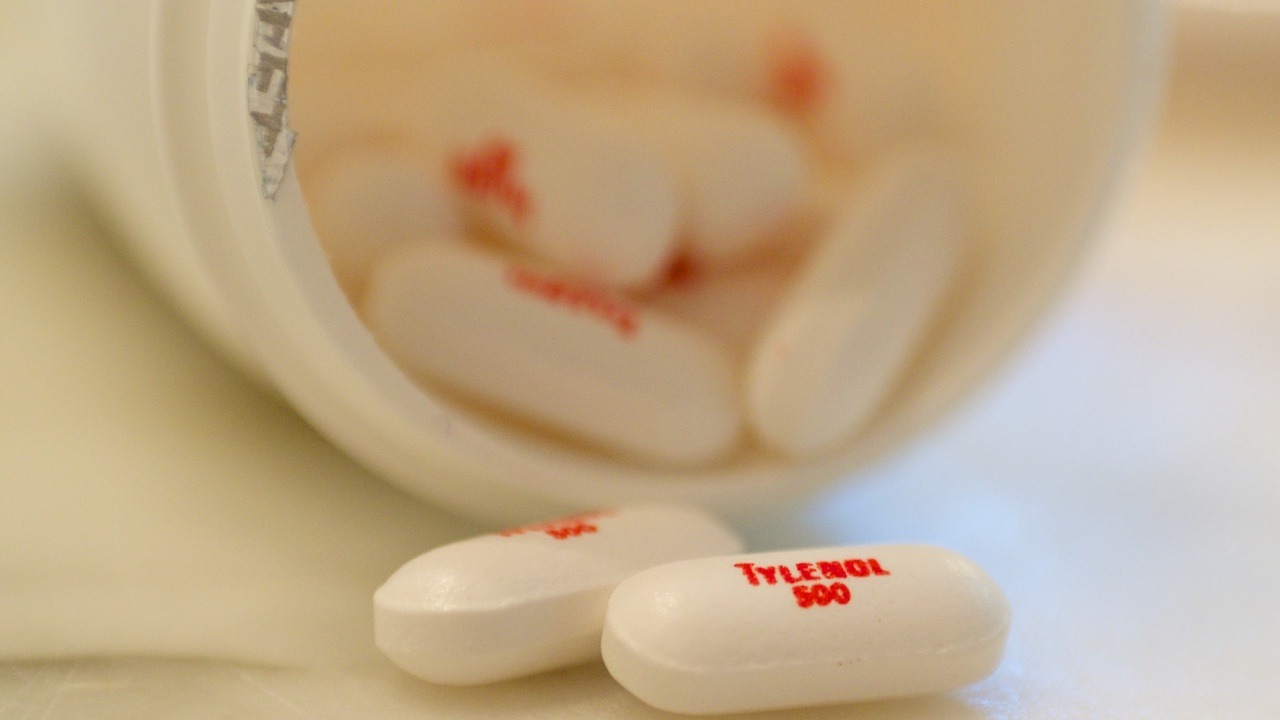
Since I know you’re all thinking about it, I want to mention a few infamous mass poisonings in history. Some of these were intentional poisonings, and others were negligent, showcasing the power poisons have whether you mean to use them or not.
Chicago Tylenol Murders
In Chicago in 1982, seven people died due to Tylenol tampering and more experienced cyanide poisoning symptoms. The perpetrator laced countless bottles of Tylenol with cyanide. No one has ever been charged with the crime, but the incident led to the tamperproof packaging companies use today.
Bradford Sweets Poisoning
In the mid-1800s, an English confectioner accidentally purchased arsenic instead of gypsum, inadvertently creating a batch of poisonous sweets. This mixup occurred likely due to a miscommunication between the wholesale chemical supplier and confectioner. Over 200 people were poisoned and roughly 20 died.
English Beer Poisoning
In the early 1900s over 6,000 people in England consumed beer that turned out to be tainted with arsenic. Of these 6,000 people, roughly 70 succumbed to their symptoms and died from the poisoning. The arsenic came from impure sugar used in the brewing process.
Elixir Sulfanilamide Poisoning
Elixir Sulfanilamide was a revolutionary antibiotic sulfa medicine that ended up killing over 100 people in the late 1930s. The manufacturers used diethylene glycol, a deathly nephrotoxin, as a diluent in the medicine without researching the safety and health implications. This incident resulted in the FDA as we know it today.
New Sweden, Maine Church Poisoning
In the early 2000s, more than 15 parishioners of a church in Maine experienced arsenic poisoning after enjoying coffee during a church meeting. One of these churchgoers died from their symptoms. Police suspected a long-time church member, Daniel Bondeseon, to be the perpetrator, but he committed suicide before the investigation was underway.
Why Women Poison
Poison is often seen as a “woman’s weapon” when it comes to crime and killing. This stereotype stems from passive perceptions of women and their association with domesticity.
However, there is no solid evidence or statistics to show that most women kill with poison or that most poisoners are women. So, why do women use poison to kill? Well, they don’t, at least not any more or less than men do.
The Duality of Poisons
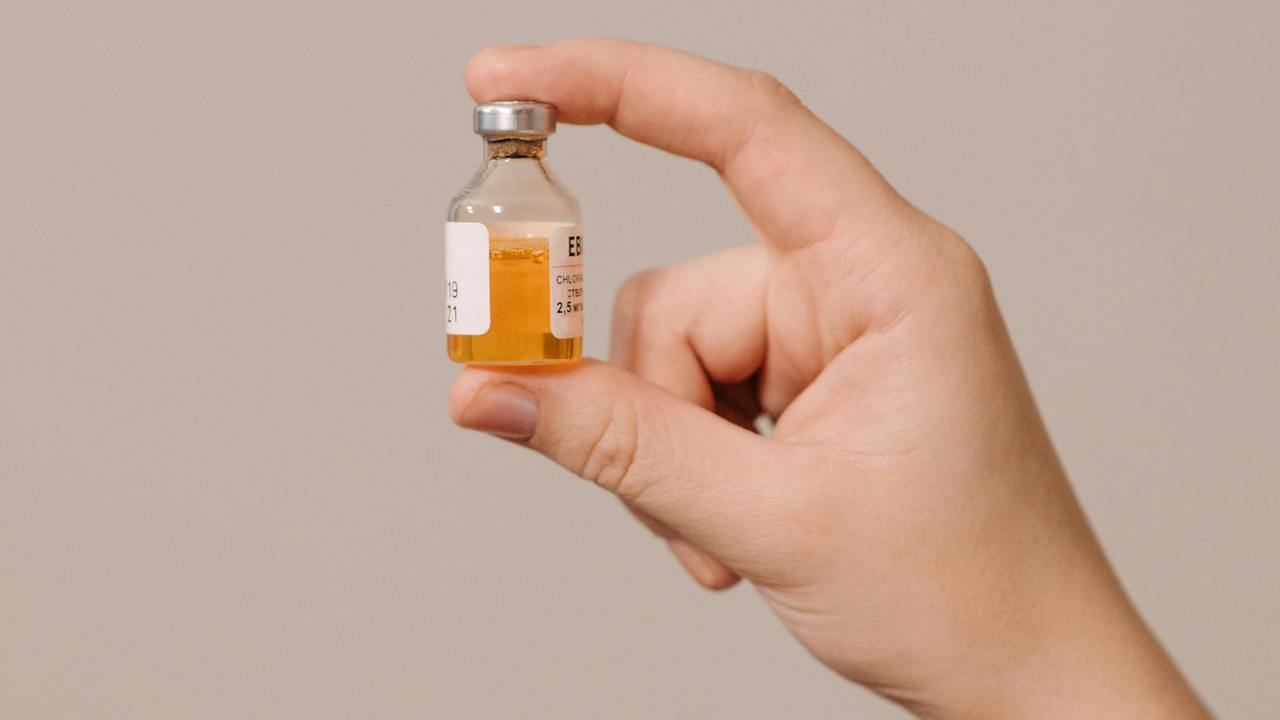
The world of poisons is weird because every poison behaves differently. Some poisons kill humans, but animals can eat them without issue. Furthermore, poisons can often be found in close proximity to substances that can be beneficial for humans.
For example, the yew tree is simultaneously poisonous and anti-cancer. The needles are fatal to humans, but the bark contains chemicals proven to work as an anti-cancer medicine. Deadly venoms from spiders, snakes, and other species have helped scientists develop life-saving treatments and medication.
This duality reminds us that poisons are not inherently evil as fairytales lead us to believe, but rather, powerful elements of nature not to be trifled with.
Saving Yourself
Can you save yourself if you’re poisoned? It’s possible. Because poisons take so many forms and approaches to the human body, there is no one-size-fits-all way to deal with poisoning. Ideally, you should avoid these toxins at all costs, because the reality is that encountering any of them in a large enough dose will lead to death. All we can tell you to do is call the toll-free Poison Help line (1‑800‑222‑1222) and pray there’s an antidote or effective treatment.
While we have a wealth of research and knowledge concerning poisonings, there is much more that we do not understand about them. Hopefully, one day, we’ll have an antidote for every poison here.

